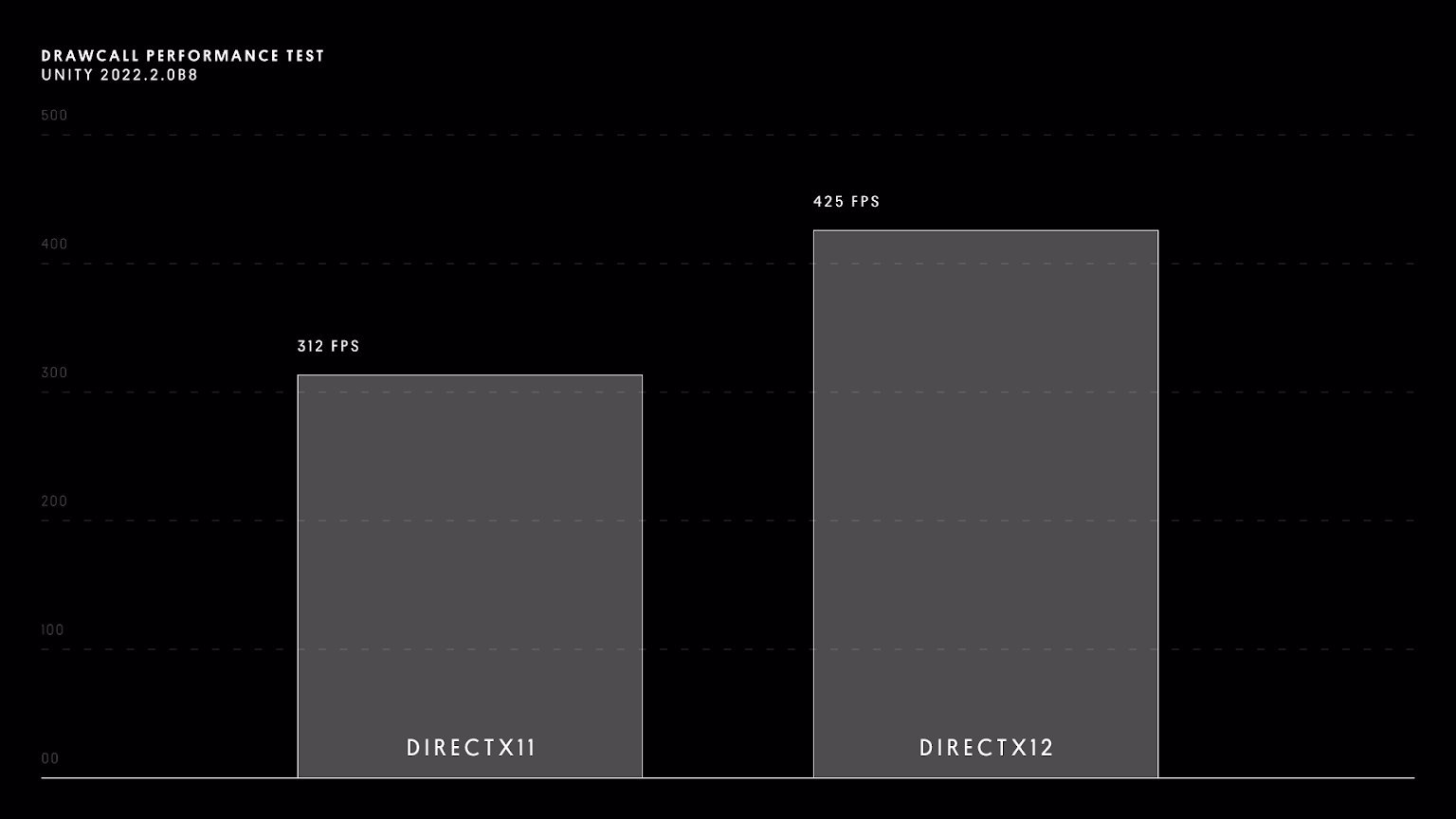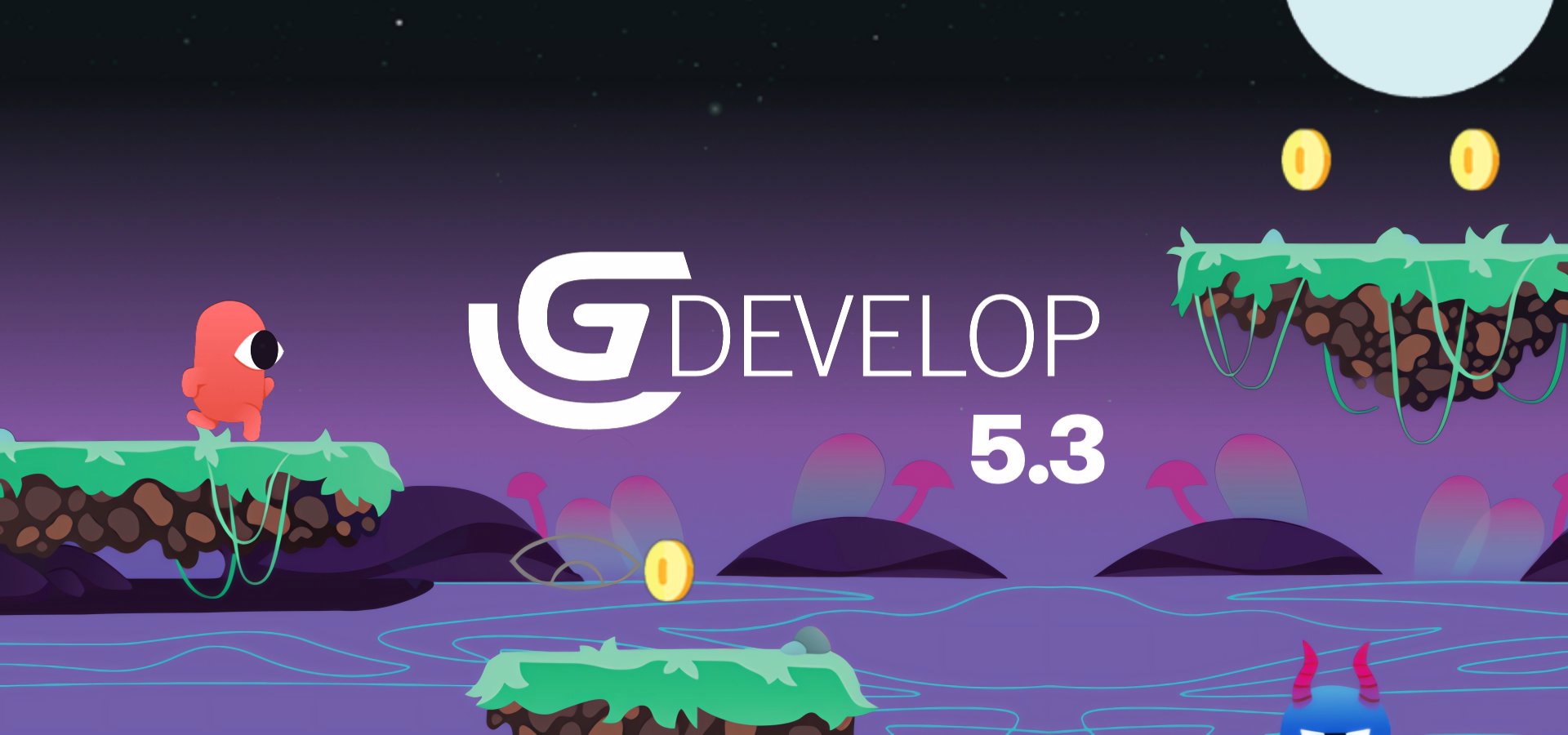Unity's latest LTS (Long-term support) version as been released. LTS versions are focused on stability and bug fixes, making them suitable for projects that require a stable development environment. LTS releases are supported for at least two years through biweekly updates.
According to Unity Technologies, you can rely on Unity 2022 LTS to create sophisticated DOTS-powered games, multiplayer experiences, immersive HD environments, and visuals that perform great on any platform you target.
Let's have a closer look at what's new in this release:
DOTS
Unity 2022 LTS features the first fully supported-for-production version of the Entity Component System (ECS).
You are now able to build with the full Data-Oriented Technology Stack (DOTS) solution: Burst compiler, C# Jobs System, and now ECS for Unity.
Stunlock Studios used DOTS for massive data streaming in V Rising.
Unity's ECS provides developers with enhanced control and determinism over data stored in memory and improves the scheduling of processes during runtime.
ECS seamlessly integrates into the Unity's Editor. This means you can continue to leverage your existing experience with GameObjects while harnessing the advantages of writing code using an Entities-based approach whenever it proves advantageous.
Multiplayer
With Unity 2022 LTS the Netcode for Entities package is now fully supported for production.
Netcode for Entities is a powerful networking feature that improves a game's performance and capabilities.
By using this package, developers can increase player counts, interactable objects, and server-side entities in competitive action games such as first-person shooters and massive multiplayer online games.
Netcode for Entities powers competitive multiplayer games like Histera by StickyLock Games.
Unity now also supports multiplayer games with a rapidly growing end-to-end ecosystem of creation workflows and cloud services. This is made possible by the tight integration of the engine with the multiplayer services provided through UGS (Unity Gaming Services).
UGS provides a suite of multiplayer-specific services to simplify the implementation of multiplayer capabilities. These include Matchmaker, Friends, Leaderboards, and User-Generated Content. To round out the capabilities of your live game, other services are available such as Relay, Lobby, Game Server Hosting (Multiplay), Voice and Text Chat (Vivox).
HD environments
This version provides an enhanced High Definition Render Pipeline (HDRP) with features such as advanced procedural fog, volumetric effects and Shader Graph. These features allow you to create atmospheric game environments such as haunted forests, desolate landscapes, or misty valleys.
Create advanced procedural fog and volumetric effects with Volumetric Materials.
With the new Water System, you can add oceans, rivers, and underwater effects to your game environments. Create realistic waves, ripples, foam, and more, as well as simulate underwater environments with advanced caustics, refraction and reflection effects.
Create immersive lakes or rivers with refractions, reflections, underwater effects, caustics, waves and foam.
With the improvements to Cloud Layers, you can now use dynamic lighting and Volumetric clouds to create even more realistic skies. You can now have clouds that change and move based on weather conditions.
Seamlessly blend between weather states and see real-time reactions across clouds, water, and lighting.
A new update to the Spline package gives you improved precision and efficiency in creating organic and diverse game environments. This package enables you to generate paths, roads, or fences procedurally, reducing the need for manual labor.
Build rivers, roads, camera tracks, and other path-related features.
Lighting and enhanced visuals
The engine's Universal Render Pipeline (URP) has also been improved, introducing multiple enhancements and new features. It now allows you to create more realistic lighting in your scenes and achieve higher-quality visuals that scale across devices.
The new Forward+ Rendering enables the use of a greater number of lights without sacrificing performance. This capability is especially valuable when aiming for realistic and high-quality real-time lighting in your scenes.
Incorporate a larger number of lights in your scene with Forward+ Rendering in URP.
A LOD crossfade feature enhances graphics by providing smoother transitions as objects approach or move away from the camera.
Achieve smoother distance transitions with LOD crossfade.
Meanwhile, Temporal Anti-aliasing (TAA) effectively mitigates common aliasing issues like pixelation and flickering edges, improving the overall visual fidelity of game scenes.
Sharpen image quality with Temporal Anti-aliasing in URP.
The new Decal Layers feature offers precise control for adding additional texture details to your scenes. This enables you to selectively filter and configure the impact of Decal Projectors on different objects.
Scene details with and without Decal Layers.
Rendering can now be customized with features like Shader Graph Full Screen Master Node and custom screen space effects. These features allow you to craft distinctive visual effects, such as distortion or other forms of post-processing. They are accessible in both the Universal Render Pipeline (URP) and High Definition Render Pipeline (HDRP).
Shader Variant Prefiltering brings notable enhancements to build time and memory optimization, resulting in reduced build times and improved performance.
At last, the inclusion of the Built-in Converter simplifies the transition of existing projects from the Built-in Render Pipeline to URP. This makes it easier to take advantage of URP's performance and scalability benefits.
Other improvements
Unity 2022 LTS empowers you to optimize your games for the latest platforms, including mobile, console, desktop and XR (extended reality).
Leverage the DirectX 12 graphics API on Windows and Xbox to maximize the platform's potential. The introduction of ray tracing support on Xbox Series X/Xbox Series S and PlayStation 5 allows for more realistic lighting and reflections.

CPU performance test results for heavy draw call submission: DX11 vs DX12.
The incremental player build process speeds up iteration times for Xbox, iOS, PlayStation 5, and Nintendo Switch, leading to improved deployment efficiency and faster time to market.
Android game developers can access low-level data through the System Metrics Mali package and leverage Adaptive Performance 4.0 for Samsung devices, which includes support for visual scripting.
Improve your control over memory usage in WebGL and take advantage of native C++ multithreading. This includes support for touch controls, and texture compression on web builds targeting mobile devices.
This release also focuses on XR, with updates to the XR Interaction toolkit (XRI). These updates enhance build times for PlayStation VR2 and Meta Quest 2.
Features like late latching and motion vectors help improve VR experiences while Vulkan enables improved graphical performance. The updated toolkit facilitates the creation of immersive, high-quality XR experiences that can be deployed on multiple platforms.
Unity 2022 LTS is now available for download on the Unity's LTS releases page.




